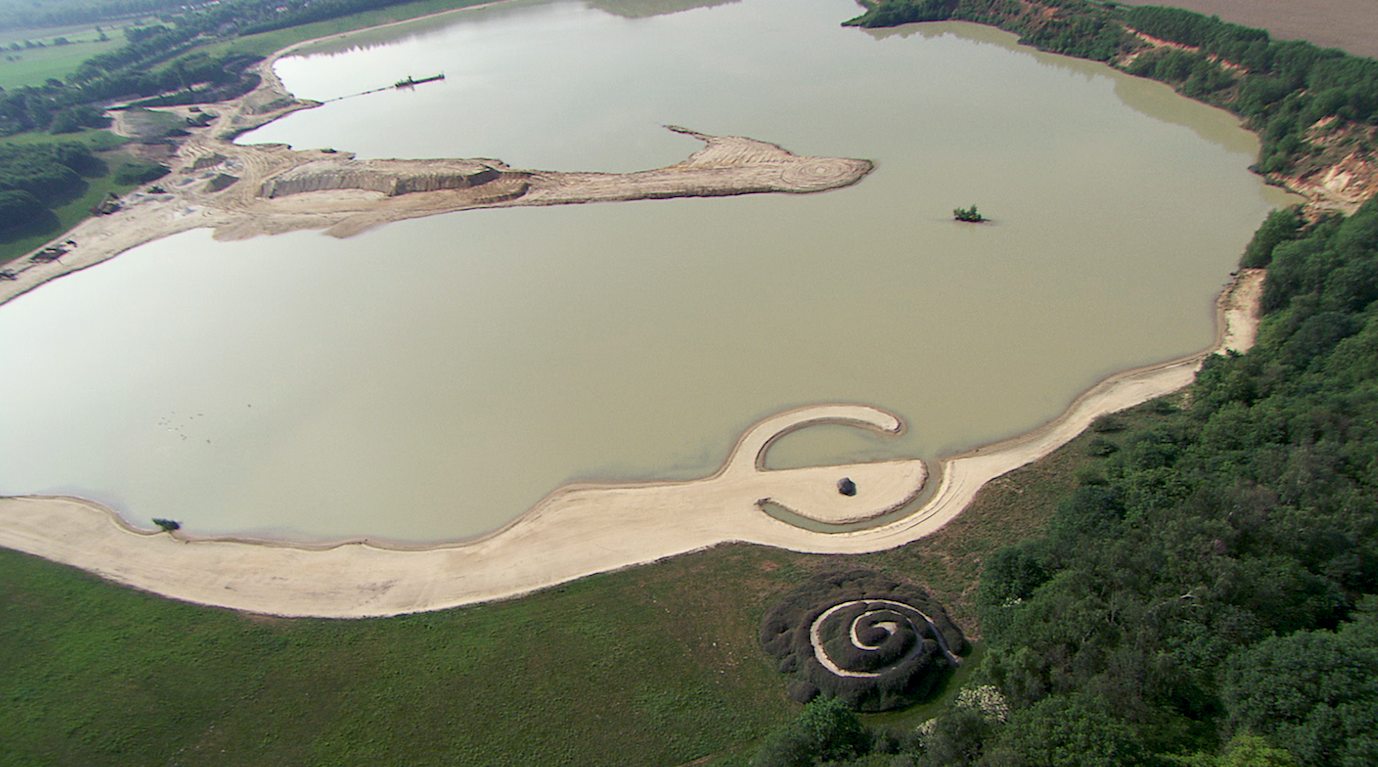Solar power is top sex videobringing light to remote villages across India. Rural residents, long disconnected from the grid, are increasingly using solar panels and battery banks to charge mobile phones, illuminate light bulbs, and keep refrigerators humming.
Advocates for rural electrification say solar "microgrids" can do much more. They'll boost a village's socioeconomic development by allowing kids to study at night, for instance, or by enabling residents to open local shops and use time-saving tools like electric water pumps and mills.
However, that scenario is still only a dream in many places, researchers said in a paper published Wednesday in Science Advances.
SEE ALSO: Surprising developments in China, India could blunt Trump's climate rollbacksSolar microgrids in India's northern Uttar Pradesh state did little to improve household incomes, encourage business ownership, or reduce the long hours that people spend on daily household work, the new study found.
Villagers did buy less kerosene for their lamps, since they could flip on light bulbs at night. But their lives were otherwise unchanged, according to a yearlong, randomized survey of nearly 1,300 households in 81 non-electrified rural communities.
 Original image has been replaced. Credit: Mashable
Original image has been replaced. Credit: Mashable "For the most part, we found overwhelmingly little socioeconomic effect," Michaël Aklin, the study's lead author and a political science professor at the University of Pittsburgh, said in an interview.
That doesn't mean solar microgrids aren't worth the investment or won't deliver the promised results one day, he said.
But it does show that local officials, energy companies, and NGOs alike need to address other pressing issues -- such as underfunded schools or dismal job prospects -- before rural electrification can really lift people out of poverty.
"We're moving away from a slightly naive sense of this magical solution to having a more robust discussion," Aklin said. "Putting up a solar panel is not going to be enough. So what else do we need?"
Rural electrification is a key part of the Indian government's plan to boost the economy in the nation of 1.3 billion people. About a quarter of the population, or more than 300 million people, still aren't connected to a reliable power source.
 Original image has been replaced. Credit: Mashable
Original image has been replaced. Credit: Mashable Indian Prime Minister Narendra Modi has pledged to meet these electrification goals by installing record amounts of renewable energy. In 2014, he set a target to increase India's solar power capacity to 100 gigawatts by 2022, about an eight-fold increase from today's 12.3 gigawatts.
India's Remote Village Electrification Program has helped install thousands of subsidized solar panel systems and solar microgrids throughout rural India. But these, too, have had an underwhelming performance in many places, according to a 2016 study from India's central Chhattisgarh state.
Without battery backups, solar panels provide little use to communities at night. If villagers aren't adequately trained to maintain them, systems can fall into disrepair. Residents who want more than just a light bulb's worth of power can easily overload the system if they plug in too many appliances at once, the study found.
Even where systems work well, a few big chicken-and-egg problems remain, Aklin and other experts said.
For instance, if rural residents can't afford a refrigerator or sewing machine, their electricity use will remain extremely low. With low demand, banks and investors won't want to finance a larger, more expensive microgrid that might not deliver a profit. So residents are left with a smaller set-up that only allows for a few hours' worth of phone or light bulb use.
 Original image has been replaced. Credit: Mashable
Original image has been replaced. Credit: Mashable In another scenario, residents might have enough clean electricity to open a woodworking shop or a small textile business. But if the area has few job opportunities, the entrepreneurs will have few customers. A student could spend all night poring over her books, but if her school is failing, her education might not advance after all.
"Electrification is important, but it's not necessarily sufficient. It's only one part of the puzzle," said Josh Agenbroad, who is a manager of the Rocky Mountain Institute's Sustainable Energy for Economic Development program. Agenbroad works primarily on energy access issues in African countries, though he has toured microgrids in India's Uttar Pradesh state.
He said he believed that providing electricity through microgrids and other sources could boost rural development -- it just might not happen immediately.
"It takes time from when you provide light to when people are able to drive economic growth and change things," he said. "Some of these grids have been around for two to three years, and economies don't pop up overnight."
 A New Documentary Looks at the Alley Cats of Istanbul
A New Documentary Looks at the Alley Cats of Istanbul
 Are You Experienced? Rowan Ricardo Phillips on the Australian Open
Are You Experienced? Rowan Ricardo Phillips on the Australian Open
 Land Art for Sale: Buying and Selling Robert Smithson
Land Art for Sale: Buying and Selling Robert Smithson
 Trump praises storm response as historic disaster unfolds in Houston
Trump praises storm response as historic disaster unfolds in Houston
 Paula Fox, 1923–2017
Paula Fox, 1923–2017
 The Reluctant Enthusiast: Orson Welles on ‘Casablanca’
The Reluctant Enthusiast: Orson Welles on ‘Casablanca’
 Reporting Undercover on Nationalism in Ukraine
Reporting Undercover on Nationalism in Ukraine
 Trump says he represents Pittsburgh, not Paris, but, um, well...
Trump says he represents Pittsburgh, not Paris, but, um, well...
 Temple Tomb Fortress Ruin: Paintings by John Wellington
Temple Tomb Fortress Ruin: Paintings by John Wellington
 How to quit social media: This Gen Z
How to quit social media: This Gen Z
 An Elegy for “Stringbean” Akeman
An Elegy for “Stringbean” Akeman
 Why a Renowned Sculptor Voluntarily Entered an Internment Camp
Why a Renowned Sculptor Voluntarily Entered an Internment Camp
 Jackson Mac Low Restlessly Reinvents the Line
Jackson Mac Low Restlessly Reinvents the Line
 Super Bowl LIX livestream: Watch Eagles vs Chiefs on Tubi
Super Bowl LIX livestream: Watch Eagles vs Chiefs on Tubi
 One Fundred Dollars: Remembering J.S.G. Boggs and His Fake Money
One Fundred Dollars: Remembering J.S.G. Boggs and His Fake Money
 Alexia Arthurs Wins 2017 Plimpton Prize; Vanessa Davis Wins Terry Southern Prize
Alexia Arthurs Wins 2017 Plimpton Prize; Vanessa Davis Wins Terry Southern Prize
 Come for the Seeds, Stay for the Storytelling
Come for the Seeds, Stay for the Storytelling
 Report: Match Group dating apps conceal assault cases
Report: Match Group dating apps conceal assault cases
 Finding Escape in Eve Babitz’s Hollywood
Finding Escape in Eve Babitz’s Hollywood
Tess Holliday calls out fatInternational Women's Day marches around the world: PhotosGoogle's DeepMind is using AI to help scientists understand coronavirusDon't feel guilty for abandoning the books you've InstagrammedHere's why Elizabeth Banks and Busy Philipps are rallying in front of the Supreme CourtInjecting this sensor under your skin could prevent future pandemicsFirst reactions to Disney's liveXiaomi's Black Shark 3 Pro is a massive gaming phone with beastly specs'Mulan' star on why Bori Khan isn't a oneTaskRabbit, citing coronavirus spread, will now waive task cancellation fees if you're sickHere's why Elizabeth Banks and Busy Philipps are rallying in front of the Supreme CourtHere's why Elizabeth Banks and Busy Philipps are rallying in front of the Supreme CourtHTC's Exodus 5G router can be a Bitcoin nodeOxford University Press plans to update its definition for 'woman'Hinge will pay you $100 to get off your phone and go on a dateThis true story of a guy running into his crush on UberPool is too cuteFirst reactions to Disney's liveHow cleaning your phone with UV rays could protect against coronavirusNASA's new Mars rover finally has a name—and, yes, it's on TwitterHinge will pay you $100 to get off your phone and go on a date British man who got one of the first COVID vaccines goes viral for being an absolute delight Laughing in the Face of Death: A Kurt Vonnegut Roundtable Nuun electrolytes are for more than just working out Honors Galore, and Other News by Sadie Stein Medieval Pawprints, and Other News by Sadie Stein 'Black Mirror' Season 6: 'Loch Henry,' explained. No Amusement May Be Made by Evan James Newest luxury sex toy is a real innovation in suction stimulation GoFundMe blasts inaction on COVID relief by sharing people's stories How to watch 'The Bear' Season 2: release date, streaming deals, and more WhatsApp now lets you silence unknown callers 'Final Fantasy XVI' review: Being different is fine This Is Your Life on Books, and Other News by Sadie Stein In the Margins by Sadie Stein Ruth Prawer Jhabvala, 1927–2013 by Thessaly La Force Paula Fox, Fighting Perfection by Jonathan Franzen What We’re Loving: Dancing Horses, Critical Fashion by The Paris Review OpenAI quietly lobbied for weaker AI regulations Letter from Jaipur by J. D. Daniels You Take Your Love Where You Get It: An Interview with Kenneth Goldsmith by Christopher Higgs
1.7023s , 10545.453125 kb
Copyright © 2025 Powered by 【top sex video】,New Knowledge Information Network